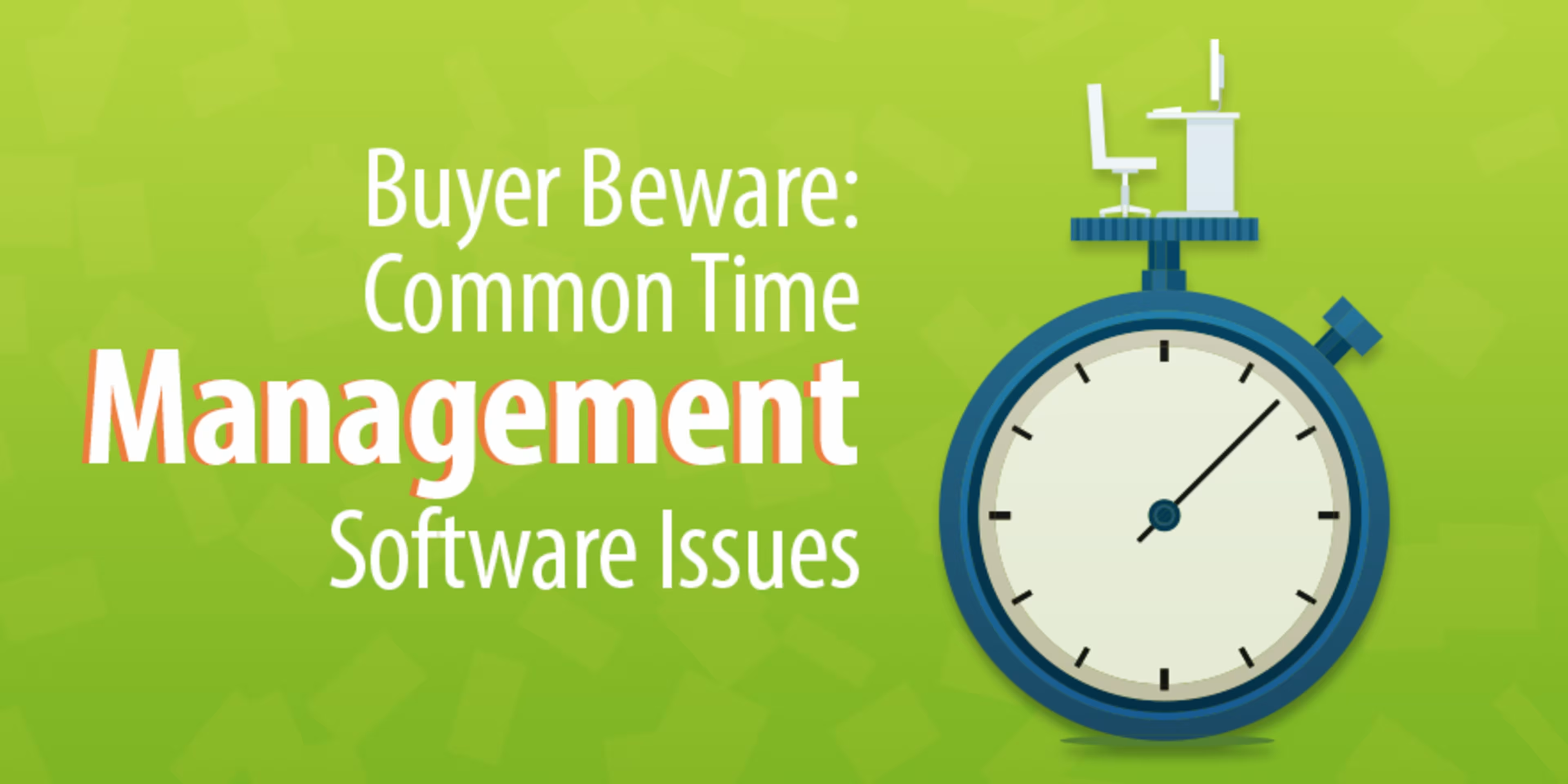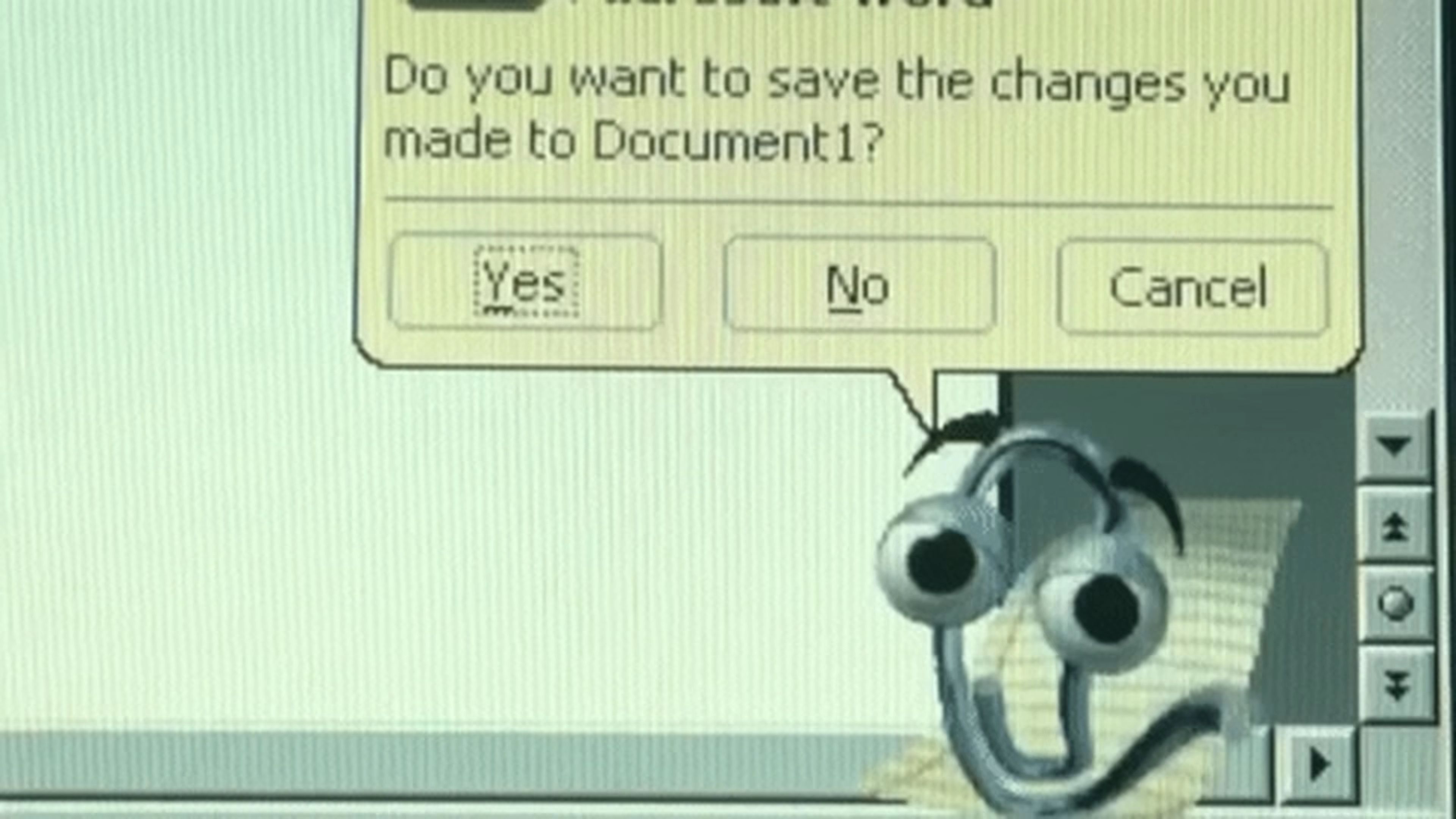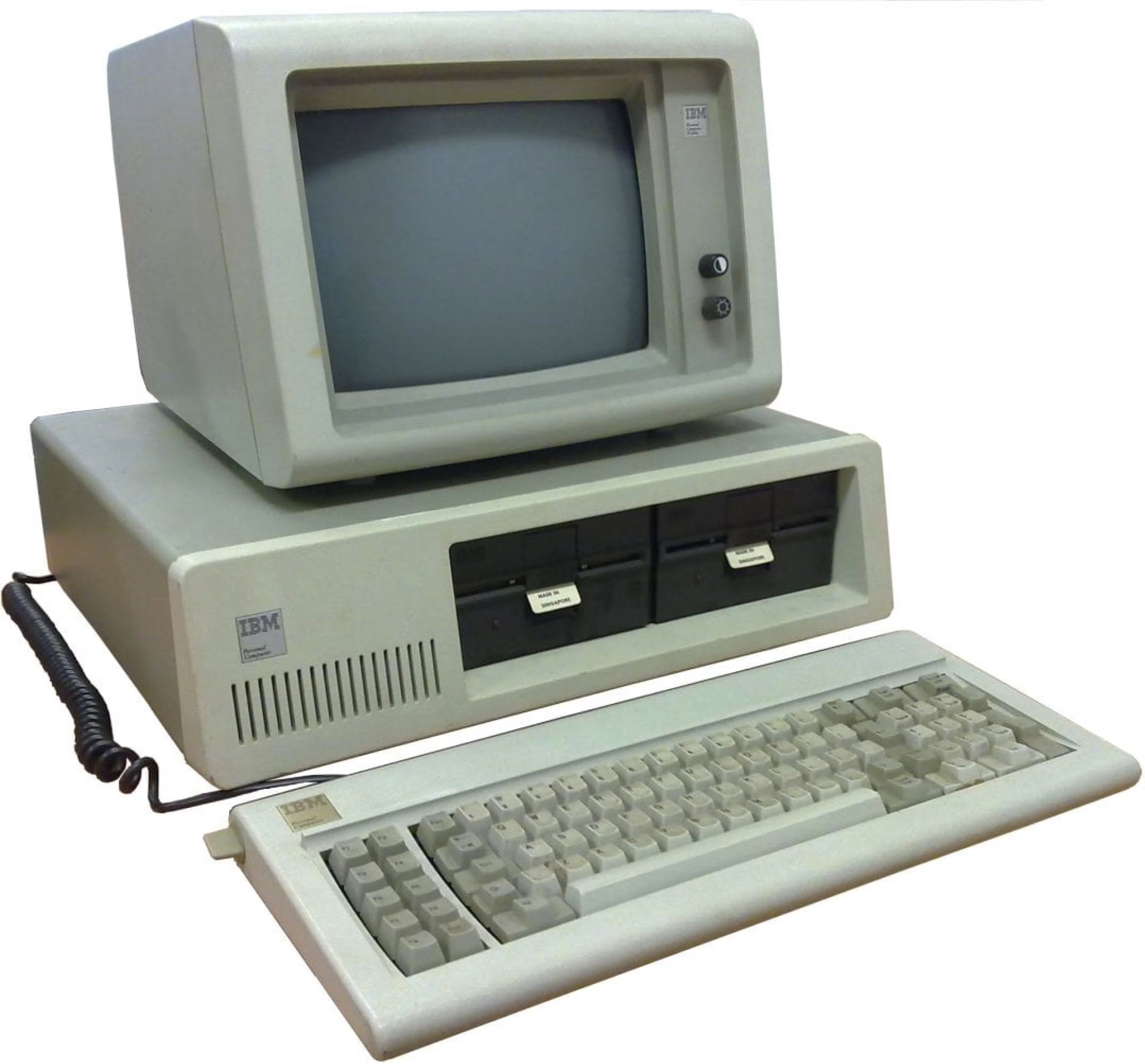According to a BrightLocal survey, 84% of people trust online reviews. Software shoppers are more likely to favor products with positive reviews, and less likely to consider products with no reviews at all.
As no product can please everyone (even chocolate and pizza have their detractors), occasional poor reviews are inevitable, even for quality systems. Time management software—a crucial project management tool—is no exception.

When you're ready to purchase time management software, you need to be able to sift through positive and negative reviews to decipher what they actually mean, identify positive indicators, and determine when you should walk away from a particular product.
Capterra's time tracking software directory contains more than 300 software products. Of those, just over half have earned a rating of 4/5 or better.
What's keeping the other half from an excellent rating? What are the identified user issues, and how can you determine if these issues are occasional occurrences or systemic problems?
We're here to help.
Seven common time management software issues to watch for
As a small business software buyer, you have a set budget and a lot to accomplish. You need to research systems, build a shortlist, schedule demos, and maybe even facilitate post-purchase implementation.
The most important item on your to-do list? Picking the right system.
Below, we'll take a look at time management software issues that frequently crop up in user reviews and whether they should deter your purchase.
1. An ugly user interface

Not now, Clippy!
To appeal to the masses, software needs to be user-friendly and intuitive. Systems should meet certain criteria, such as an easy-to-use GUI and efficient troubleshooting.
User interface issues are one of the most common complaints cited by time tracking software reviewers, and often spawn other struggles such as an inability to maximize software capabilities.
Decision time: Reviewers who cite a broken or ugly user interface are doing you a favor by providing an obvious sign to walk away. The best software system in the world is no good to your business if you can't figure out how to use it.
2. No offline functionality

Where'd the internet go?
Another common user complaint concerns internet-related software functionality. If users routinely experience long load times or a weak/dropped connection, you may want to look elsewhere.
While internet issues are caused by everything from rat-chewed wires to hackers, the important thing to look for is time management software that can continue tracking time even if you're offline.
Decision time: Buy software with offline time tracking functionality, especially if your business has employees in the field where internet service can be sporadic.
3. Limited free versions and expensive systems

Don't worry, Jerry, you can afford it
Purchase budgets are a serious consideration for every small business, and there are a number of free time tracking apps out there for you to try.
Keep in mind that many useful time management software features—such as additional users and customer support—are only available for paid users. This can prompt negative user reviews from individuals who expected free software to fully meet their needs.
On the other end of the spectrum, a lot of time tracking systems cater to larger organizations. These systems charge higher monthly subscription fees, prompting complaints from SMBs and freelancers who can't afford to pay for enterprise-level time tracking software.
Decision time: When evaluating user reviews, double check which version of the software the reviewer is evaluating. Compare the paid plan offerings to the free option before taking the system for a test drive, and set your expectations accordingly. Ask the sales rep what size company their product is designed for; reputable vendors are upfront about their pricing. Stick to your budget, and remember that the free version will only get you so far.
4. A lack of new features or updates

Your time tracking software should be optimized for systems much newer than this (via Wikipedia)
Customers expect new features in their time management software year after year. As technology improves, market competition should force companies to remain as up-to-date as possible with current trends.
Keep an eye out for user reviews citing a lack of new or expanded functionality—such as mobile integration and advanced reporting. As your business grows, your time tracking software must scale to quickly handle larger amounts of data. Software that is never updated won't be able to keep up.
Decision time: If you're considering software that hasn't ever released a new version, look elsewhere. User reviews citing a lack of features, lags, and unresponsive support are clear indicators that a product won't grow with your company.
5. A lack of automated notifications

You don't want your team to be left in the dark.
Effective time tracking software can be quickly accessed, activated, and deactivated. Your employees don't want to spend five to ten minutes of their lunch hour waiting for the system to load.
Negative software reviews that cite long load times are tied into an often overlooked feature set: automated notifications.
Your time tracking software should let you program automated notifications to remind employees to start and stop the software at the end of their shift or around scheduled breaks to help you avoid unnecessary data gaps.
Decision time: Watch for reviews that detail how employees activate and deactivate the time tracking feature. If you spot a review that cites automatic time tracking based on user activity, dive deeper into that software's functionality. It's a good sign that the software has robust automation capabilities and can help maximize employee efficiency.
6. Wasted time

Stop wasting time!
Certain time tracking software systems require repetitive and time-consuming data entry, especially when altering existing data sets.
User reviews that complain about monotonous tasks and repeated efforts should set off a warning bell. In the era of automation, systems like this are an unnecessary waste of time.
Decision time: If you're evaluating time tracking software that doesn't allow partial alterations to data sets or let you copy data sets across to a new form, continue your search elsewhere. Listen to other users who have lost countless hours to mindless tasks that another system easily automates.
7. Overall bugginess

That doesn't look good ...
A software bug—such as freezing, crashing, or losing data—indicates a flaw in the program. This can occur for a variety of reasons, and new software versions often fix identified bugs.
Regardless of the cause or severity of bugs, however, they're unacceptable in professionally developed software and can cause huge problems for your business. Read reviews citing software bugs carefully, and consider whether or not you're willing to take a risk with your workflow, information, and business.
Decision time: If multiple user reviews cite the same bug, it's a solid indicator that persistent problems exist. Read the warning signs, and stay far away.
What to do when user reviews aren't enough
While the common user-identified problems detailed above are often easily found in reviews, not all software has review data to aid your research.
If the user reviews just aren't there, follow these three tips to round out your search.
Use tutorials and customer service
Any time tracking software worth your money will offer tutorials and training to facilitate user understanding and safe use. Take advantage of these tutorials, which will teach you how to avoid or resolve common problems.
Ask the vendor about their customer service offerings, and give preference to systems that offer robust support. This will help you avoid post-implementation headaches, or resolve any less common issues encountered during your day-to-day use.
Sort by feature, narrow your shortlist, and compare
Determine which features you need up front (multiple users? offline time tracking? automatic time capture?), and filter out products that don't offer those features.
Capterra's time tracking software directory offers a powerful filtering tool, letting you narrow your search to web-based products that include automatic time capturing, expense tracking, mobile time tracking, offline time tracking, and vacation tracking, for example. Those parameters alone bring the field of available options from more than 300 down to about 40.
Once you've whittled your list down to a handful of systems, you can go one step further and compare products side-by-side.

A side-by-side comparison of Accelo and BQE Core (via Capterra)
Demo, demo, demo
The final step in your software search should always be a software demo. Whether that's trying out the free version of a paid system or contacting the vendor for a unique experience, don't make a final purchase without a test drive.
If you're really struggling to make a final decision, try out multiple free versions before making a financial commitment.
Share your experience
The above tips are predicated on one repeating factor: user experience. The best way to aid your own software search is by sharing your experience with others.
Review the tools your business uses, and find online forums where you can chat about software. Share your knowledge with others, and help make purchasing time tracking software—and business software in general—a better experience.
What common issues have you encountered in your own software experience? What threads did you identify across user reviews? Share your experience in the comments below!